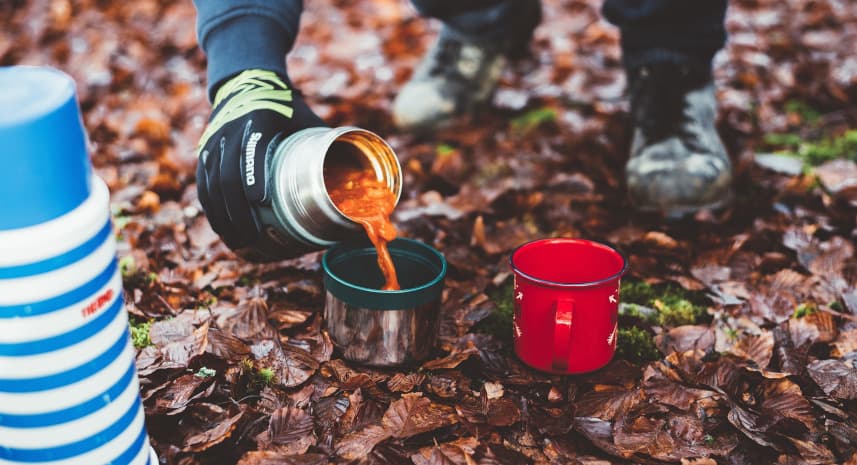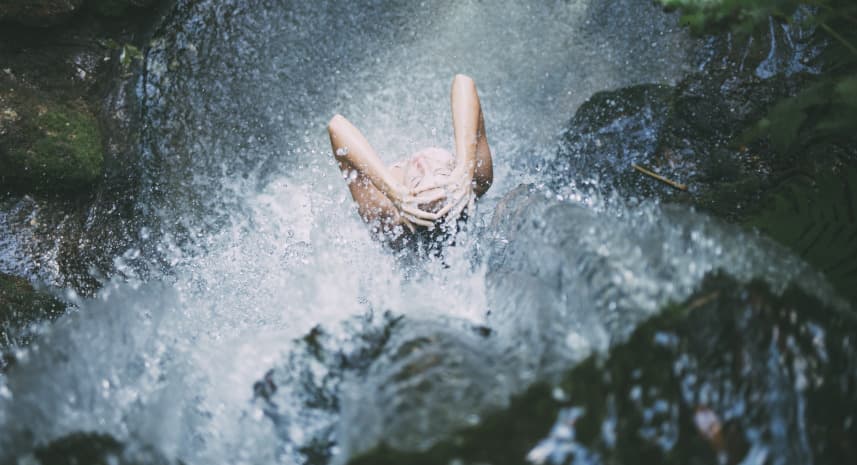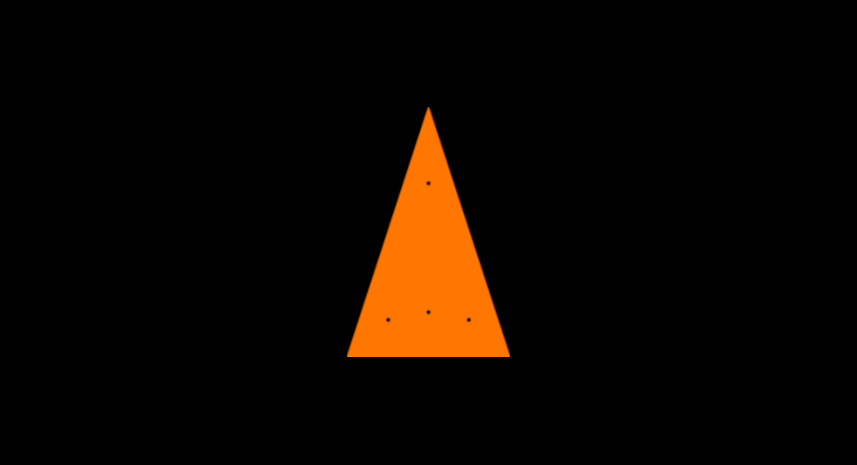te araroa

There are a few sections that seem rather dangerous. Worth mentioning here are: Tararuas and the Richmond Ranges. Basically, as with most hiking, the risk of injury is a reality as with other sports. From the risk of falling to river crossings to blood poisoning. The dangers are many and varied. A PLB (personal location bean) can save lives. The PLB informs the emergency call center via satellite with location data and thus works in most locations with a clear view of the sky even without a…

The mobile network and the prices in New Zealand are really bad compared to the European standard. The most common providers for the mobile network in New Zealand are Spark, Vodafone and 2Degrees. SIM cards are available in many places. Often also in stores like Countdown and 4Square. The price for 6 GB data 4 weeks valid costs about 35 euros. Often, however, the credit can only be topped up in whole amounts, e.g. 40 euros. Often after using up the data the remaining credit was used up in a few…

The trail is marked with orange triangles. The quality of the markings varies greatly. Navigating ONLY by the triangular markings might be very difficult. Some of the markings are missing, sometimes the trail is rerouted due to damage, and sometimes there are multiple trails. Probably the most helpful app in this regard is the Guthook app for the Te Araroa Trail. Unfortunately, the app is rather expensive at just under 40 euros, but the investment is worth it. The trail is mostly accurately…

Resupply, the process of restocking food supplies and other utensils, can be difficult at different stages. The period between different cities varies from 1-10+ days. Whereas 10 days was the maximum for us (with relatively slow hiking speed). On the North Island there are many ways to get food. On the South Island, it might be necessary to hitch 4x to either a village or a town. Alternatively, a resupply package can be sent to the places listed below for a small fee. Check the respective…









